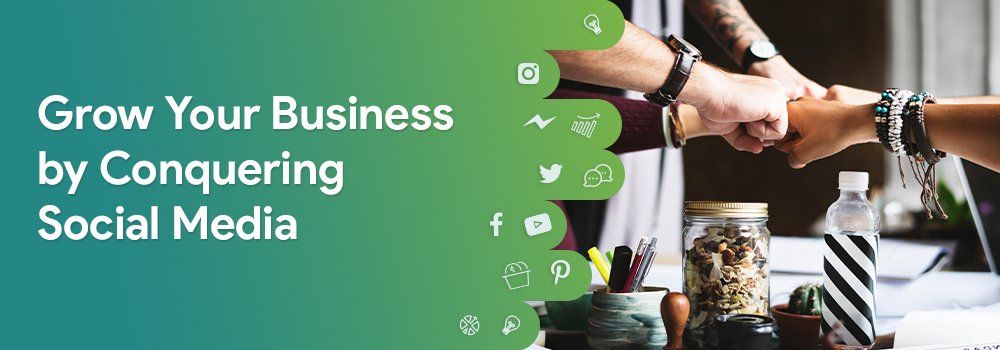
The Conversologist: Every Conversation Moves You Forward in Social Media
Hootsuite Confirms: Human Beings Love To Talk
In its Social Trends 2019 Report, the social media management pioneer Hootsuite identified several key factors likely to shape the future of the major channels – Facebook, Instagram, Twitter, LinkedIn among the many others – and how they engage with their audiences .
Hootsuite’s considerations included trust, relevance, personalisation, storytelling, and the power of messaging. In other words, all the elements of one-on-one conversation. The global village, a reality. People want to relate to their favourite brand the way our great grandparents chatted to the local grocer a century ago.
After all, Social Conversation is in our DNA
According to some researchers, the very reason human beings developed language was conversation – specifically, gossip. It’s easy to give directions to food or water, or alert others to danger. Many species do that, monkeys to honeybees.
But our complex human social exchanges, including who to trust, who to befriend, who can hunt the best (and will share their kill), who is only looking out for her own interests, and who will have your back in a fight, requires sophisticated language.
Catapulted into the twenty-first century, one thing hasn’t changed about us, the savannah ape. We still love to talk. Dialogue is how we create relationships, forge trust, reach agreements. It’s how we learn and improve.
The Rise and Rise of Social Media
This in no small way explains the phenomenal success of social media – where we can share news, experiences, gossip, discoveries, and life’s ups and downs so widely and so easily. And with so many people so absorbed in their Facebook and Twitter feeds, it’s no wonder social media is the new favourite fishing ground of brands, businesses and digital marketers.

‘Conversations’ have always been part of marketing. Whether it was TV ad families delighting in McDonald’s latest offering, or the door-to-door salesman with his foot literally in the door countering objections because “no is just an appeal for more information.” But the nature of those traditional marketing conversations was almost always push: coerce, convince, persuade, sell.
No more. Not here, not now, not in social media.
The Power To End It All
One crucial difference between social media marketing and traditional? The ability to walk away from a conversation. Block, ignore, filter: users have more agency than ever to avoid interactions that they find tiresome, irrelevant, insincere or pushy.
The outcome is that traditional marketing, as clever and entertaining as some of it was, is at a disadvantage in the social space. The real power is in the ability to have dialogue. Not just for a brand to speak; but for it to listen and respond to feedback, criticism, suggestion.
That is the exchange brands need to be having now: going back to the way our grandparents chatted to the local grocer. Yes, the tools are different, because the conversation is now scalable and non-geographical, as is allowed by social media. Chatbots and channels take the place of the face-to-face. But the basic purpose is much the same: building trust, relationships, loyalty, understanding each other’s needs and creating mutual solutions.
What Is A Conversologist?
In a nutshell (and we’ll explore this more!) a Conversologist is the trained facilitator of these dialogues.

She knows the mechanics and psychology of customer interactions; not just how to offer solutions, but how to listen, engage, react, reflect. She knows how to do it efficiently, she knows how to do it effectively. Her customer conversations deliver five-star ratings consistently simply because she knows how.
Her job is to enable the most productive and effective dialogue via the most relevant channel, to build rapport, communication, trust, accountability.
At Conversologie, that’s what we do. We create conversations that bring brands and customers together in ways that are genuine and open. Our tools include our upcoming webinar series and chatbot starter and fine-tune packages; training and solutions in Hootsuite, and social media marketing. We are constantly looking for new, relevant technologies, because we believe that every conversation does move you forward.


